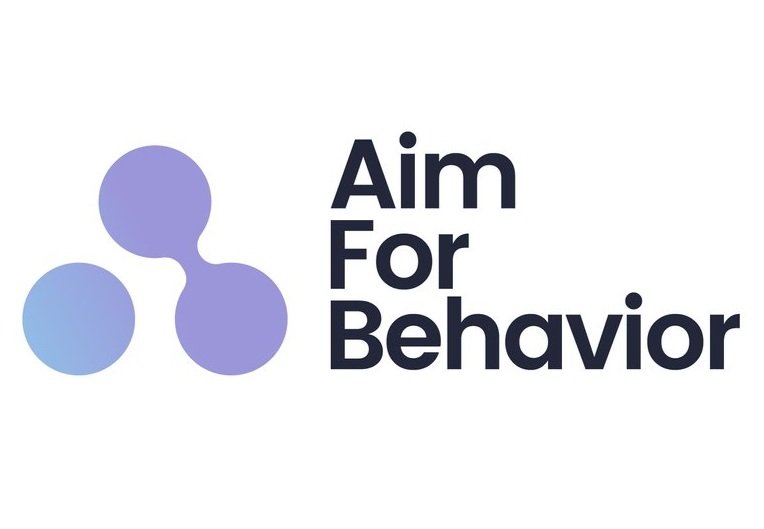How can you design a better work experience?
I've been refining how we can apply behavioral science to enhance employee experiences for teams and organizations that are working on transformations.
I spent some time working on transformations for governments and larger organizations, and I still have weekly conversations with numerous companies about this and about how they should approach these programs.
All the people I speak to seem to share a strong interest in motivating employees.
Yet the role of motivation is often overlooked when designing employee experiences, it is talked about for sure, but then it is left out of the process itself.
Mastering motivation is challenging, so having a solid grasp of a motivation theory, such as self-determination theory (SDT), is essential for providing a better experience to employees. ( It's of course just one piece and you should also include other factors, such as norms, environment, culture, etc..)
SDT highlights three basic needs employees (and really all of us) have:
1) Autonomy: Feeling in control of their behaviors and goals.
2) Competence: Gaining mastery of tasks and learning skills.
3) Relatedness: Experiencing a sense of belonging.
Meeting these needs can lead to improved employee well-being, performance, and overall good outcomes.
Meta-analytic evidence suggests that more self-determined motivation is positively associated with critical attitudinal and performance outcomes like job satisfaction, organizational commitment, job performance, and proactivity.
SDT can help predict the motivational consequences of employee experience, and these motivational factors should be taken into account when designing and implementing transformation of change programs.
It's important to recognize that behavioral science should not be used in isolation, but should be used as a layer to inform your work and make sure to keep you focused on outcomes, needs, and behaviors to enable.
To enable behavior, we need to understand and address factors hindering or supporting workplace motivation.
Factors that hinder motivation include:
-Controlling leadership
-Excessive workload
-Work-life conflict
-Abusive supervision
Factors that promote motivation include:
-Job autonomy
-Social support
-Performance feedback
-Skills variety
This post should encourage leaders and managers working with teams to think about and design for the needs of their employees.
By prioritizing psychological needs, we can significantly enhance the experiences for teams.
Robert
These are other ways I can help you:
1 ) Get my Behavior Science and Design Courses: Learn to add that missing Behavioral Science layer to your products and services in an easy and practical way
2) Explore my services: I work on small projects or as part of your team
3) Frameworks: Get access to my free frameworks and tools

